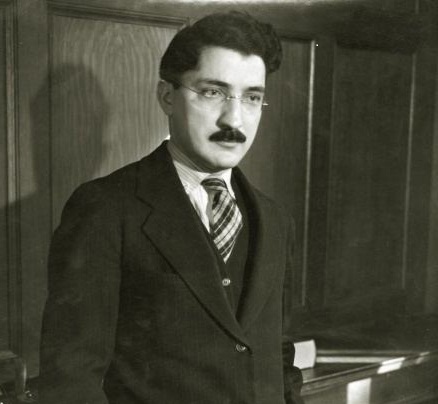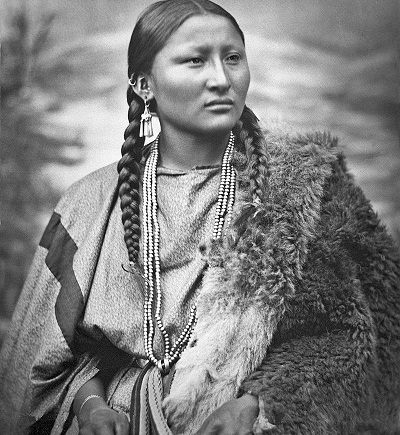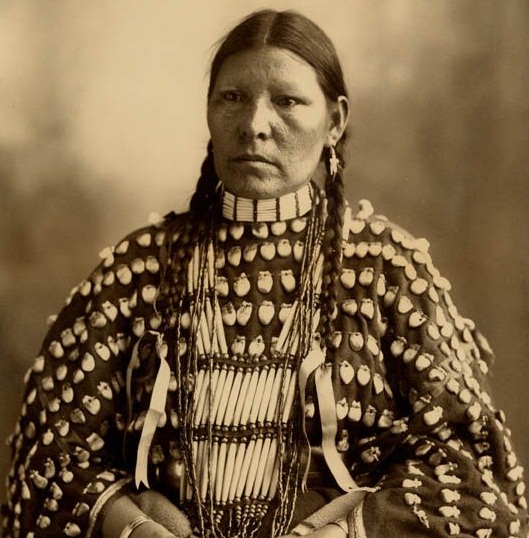American Indian Biography: Vice-President Charles Curtis
( – promoted by navajo)
 Indian citizenship and participation in American politics involves more than just voting: it also involves having Indians elected to public office. One of the first Indians to be elected to national office was Charles Curtis.
Indian citizenship and participation in American politics involves more than just voting: it also involves having Indians elected to public office. One of the first Indians to be elected to national office was Charles Curtis.
Curtis was born in 1860 near present-day North Topeka, Kansas. His mother was a descendent of Kansa (also called Kaw) chief White Plume. White Plume was the son of an Osage chief and had been adopted into the Kansa. Later, Curtis’s tribal affiliation would be listed as Kansa (or Kaw) or as Kansa-Osage.
He was raised in part by his maternal grandmother and attended an Indian mission school on the Kaw Reservation. After the Cheyenne attacked the Kaw at Council Grove in 1868, Curtis was moved to Topeka where he later attended Topeka High School.
In 1881, Curtis was admitted to the bar and soon entered politics as a Republican. In 1885 he was elected county attorney for Shawnee County and his political career began.
In 1892 was elected to Congress and began the first of eight terms in the House of Representatives. Like many others of this era, Curtis felt that Indians had to be assimilated into American culture. Assimilation meant that traditional cultures and languages had to be destroyed.
In 1898, Curtis wrote a bill to extend the provision of the Dawes Act over Indian Territory (now Oklahoma). The Act-known as the Curtis Act-stipulated that tribal governments would continue to exist only to issue allotment deeds to tribal members and to terminate any other tribal business.
One of the tribes for which the Curtis Act would have major impact was the Cherokee. The Cherokee objected to the bill and sent a delegation to Washington to testify but they were not allowed access to the rooms where committees were debating the bill. Corporate representatives, on the other hand, had free access to the committees.
While in the House, Curtis worked on a number of committees, including the Committee on Territories, the Committee on Way and Means, the Committee on Public Lands, and the Committee on Indian Affairs. His work for assimilation, allotment, and detribalization led to opposition by many of the tribal leaders in Indian Territory. Overall, his work set the stage for Oklahoma statehood in 1907.
With the 1902 Kaw Allotment Act, the Kaw Nation was officially dissolved. As enrolled members of the tribe, Curtis and his three children received a total of 1,625 acres in Oklahoma.
In 1907, Curtis was elected to the United States Senate. He was defeated for re-election, but ran again in 1914 and served in the Senate until 1929.
While in the Senate, he attempted to prohibit the Indian use of peyote (a sacrament used by the Native American Church). His efforts on this matter, however, failed to pass.
In 1928 he made an unsuccessful bid for the Republican presidential nomination. However, he ran as Herbert Hoover’s vice-president and was elected. At the inauguration in 1929, he had an Indian jazz band perform.
When he retired from public elected life in 1934, having been defeated for re-election, he had served longer in Washington, D.C. than any active politician. He was the last vice-president to wear a beard or mustache while in office.
In addition to promotion Indian assimilation, Curtis was also a strong supporter of women’s suffrage and Prohibition. He died in 1936.



